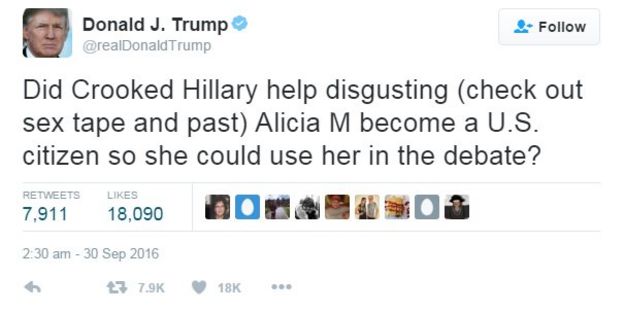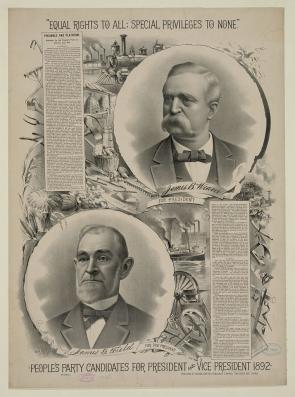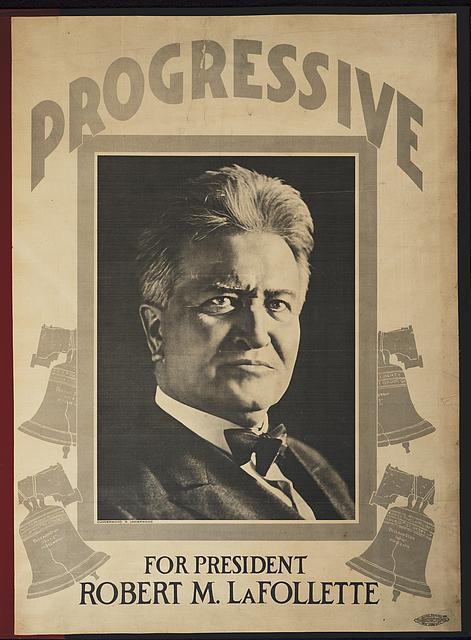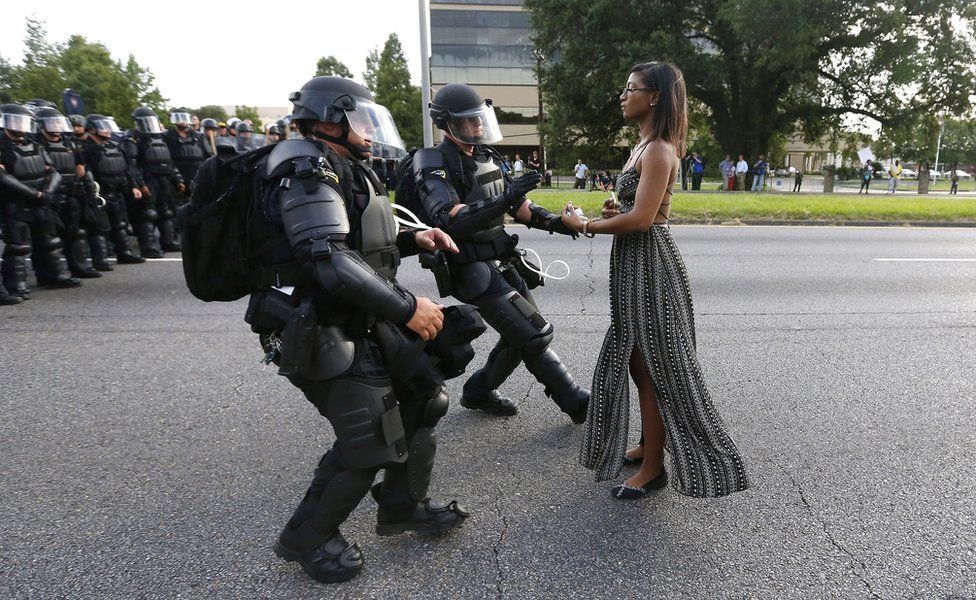Media Rants for December 2016
By Tony Palmeri
I
had a dream I was transported into the year 2116. In the dream almost everyone
was wearing open vent, wide brimmed hats, and half of all hospitals were dedicated
exclusively to treating heat stroke. All the glaciers at Glacier National Park
had disappeared by the year 2101, and as a result of the excessive rise of
climate related deaths the governments of the United States and Canada signed a
treaty making that territory a massive burial and memorial site. At its
entrance were these words: “In Memory of the Victims of our Ancestors’ Denial.”
The
people of 2116 told me that the United States government didn’t treat climate
change as a national emergency until 2052, when the 50th President
of the United States Miranda deGrasse Tyson (daughter of the famous scientist)
became the first US Green Party candidate to win the White House on a “Make
America Cool Again” platform. But by then it was too late—after decades of
denial and indifference, all the government could do was manage a traumatic relocation
of millions of climate refugees—most from coastal cities—to areas still capable
of supporting human life.
No
president who served before 2052 was thought fondly of, but the people of 2116
held Donald Trump in special contempt. “How,” I was asked over and over again
in the dream, “did a man who viewed global warming as a concept created by the
Chinese to make US manufacturing non-competitive ever get elected?” Here is what I told the people
of the 22nd century:
“The
Trump phenomenon of 2016 was the result of (1) an archaic 18th century
electoral system, (2) benefiting a plutocrat running on a 19th century
platform, (3) against a 20th century feminist carrying lots of
baggage, and (4) all taking place in a 21st century media
environment ripe for exploitation by a demagogue.” They asked me to explain:
An
Archaic 18th Century Electoral System: In my dream I
learned that in 2024 the Republican Party won the national popular vote for the
presidency but lost in the Electoral College. They then immediately moved to replace
the Electoral College with election by national popular vote.
The people of 2116 found it incredible that the population did not demand changes to the Electoral College after the 2016 election; they were well aware that Hillary Clinton won the popular vote by more than 2.5 million votes. They also knew that in the 13 so-called swing states—the states that only really mattered in the days of the Electoral College—Donald Trump received more than 50 percent of the vote in only two of those states (Iowa and Ohio). “Why were the people so slow to change a system that not only made the voters of 37 states and the District of Columbia irrelevant, but didn’t even require a majority of votes to win individual swing states?,” they asked.
“Well,”
I replied. “It was kind of like the way we dealt with the environment. Denial
of reality was only part of the problem. Mostly we suffered from inertia; we
just kept on doing what we were doing because we had always done it that way.
And of course the power elite controlling Washington D.C. and the state
capitols rejected change for as long as they could.”
Trump’s
19th Century Platform: The schools of 2116 primarily taught
survival skills; the study of American history became mostly a celebration of
what 22nd century culture saw as a small number of individuals and
movements that had pleaded with global leaders to address the planetary crisis
before it was too late. In fact one of the most vivid parts of the dream was
walking around former public squares in which statues of mainstream political
and war heroes had been replaced with busts of environmental activists like Rachel Carson and Bill McKibben.
| Rachel Carson |
Because of the lack of history education, the people of 2116 thought that Donald Trump’s plans to enforce immigration policies based on religion and ethnicity was unprecedented. In fact, I told them, his scapegoating and demonizing of immigrants and religious minorities had a long and ugly history in the United States. In many ways the Trump political reality show of 2016 was a throwback to the nativist movement of the 19th century—a movement rooted in xenophobia and bigotry that provide campaign fodder for many generations of unscrupulous politicians.
The
allure of nativist appeals in rural areas of the 2016 United States cannot be
denied. In Wisconsin, the Wisconsin State Journal quoted a rural GOP activist
who explained the appeal of Trump’s immigration proposals:
"When you are at war — and I feel
we're at war — you close your borders. There's no way to tell the good people
from the bad people. You can't just dump them into our society and think that
we've got to take care of them now."
For people like that GOP activist, it
didn’t even matter that Trump’s claims about the immigrant vetting process were
repeatedly declared false. As with the most effective nativists of the 19th
century, Trump brewed a toxic mix of straw man argument, fear mongering, and
appeal to prejudice that ultimately proved too powerful for many to
resist. I explained to my 2116 audience
that, contrary to what some establishment liberals of my era believed, those
under the spell of Trump’s toxic brew were not deplorable as much as human.
That they could be persuaded by appeals to fear and ignorance was a powerful
condemnation not of them, but of the schools, media, and other cultural
institutions that—long before Trump—had failed to call out, condemn, and
educate against nativist tendencies in the civic culture of the time. Some of
those institutions, especially the corporate media, enabled those tendencies in
the name of ratings and profit—hate and resentment were big sellers.
The Baggage Carrying 20th Century Feminist: By 2116 electing women to the presidency had become a commonplace. Those who had read up on the election of 2016 wondered if sexist double standards had helped defeat Hillary Clinton. One person put it this way: “Suppose Hillary Clinton had been divorced twice, had five children with three husbands, and was caught on tape bragging about sexually assaulting much younger men that she saw as prey. Wouldn’t she have been called a narcissistic sleeze—or something much worse? Would she have been taken seriously as a candidate for a local city council, let alone president of the United States?”
And then another person chimed in: “Yeah, even many of the so-called progressives of your time seemed especially vicious when it came to Hillary. I mean, was she the only Democrat of her time that was Wall St. friendly, hawkish on war, and too cozy with Washington insiders? Were her email and other alleged ‘scandals’ really worse than anything that was typical of pretty much all nominees of the major parties up to that point?”
I wasn’t able to disagree with those comments, but I did say this: “I think that Hillary Clinton, who came of age in the 20th century feminist movement, understood the challenges facing women candidates. She knew she had to be twice as good just to be perceived as equal, and when she crushed and pretty much humiliated Trump in the three debates I thought she had done that and much more. When Trump was baited into calling her a "nasty woman" at the last debate, I thought victory for HRC looked certain. But ultimately, that fighting spirit of the 20th century feminist probably, for many voters, took a back seat to 30 years of baggage—which included being an apologist for Wall St., bad trade deals, mass incarceration policies, and the disastrous Iraq War. Being buddies with thugs like Henry Kissinger didn’t help either. Presidential campaigns back then were won in part at the grassroots level, with millions of everyday people knocking on doors; excessive baggage just made it difficult for the grassroots to get fired up.”
The 21st Century Media
Environment: The
media environment of 2116 was oddly primitive. Hard copy newspapers and
magazines had long disappeared. The energy crises of the late 21st
century made electronic media unavailable for much of the world, and unreliable
even in nations that were able to maintain some semblance of a middle class. It
was explained to me that when the global population surpassed 10 billion in 2070,
“the lights literally went out all over the globe.” Renewable energy sources,
inadequate in large part because global “leaders” had delayed and/or undermined
the development of them for many generations, just could not keep up with the
demand. As a result, in 2116 news spread the old fashioned way: word of mouth,
bulletin boards, and hand written flyers seemed the norm. Everyone knew what
was going on in their immediate environment, but I heard not a word about
celebrities, pro sports, or really anything trivial. As one person told me, “we
reached a point where we basically said, ‘we just don’t have time for the
bullshit anymore.’ When the lights went out, life got real.”
As someone who dabbles in media, I
felt compelled to apologize to the people of 2116. “In the early 21st
century,” I said, “our mainstream media were addicted to nonsense and the people
at-large could not figure out a way to use digital media as an effective organizing
tool. Corporate media had a love-hate relationship with Donald Trump. On the
one hand, even the most right-wing among them knew that Trump was a narcissistic
charlatan exploiting the worst in everyone; on the other hand, they drooled
when they saw what wall-to-wall coverage of his campaign did to their profit
margins. Here’s what CBS executive Les Moonves said about the 2016 presidential
race: ‘It may not be good for America, but
it's damn good for CBS.’”
"Fair enough," I said, and added "But please tell me, what message would you like me to deliver back to the people of 2016?" His face took on a devilish grin and he said this:
"If I thought it would make a difference, I would tell you to tell your people to pressure governments to treat the climate crisis as urgent. I would say that at the individual level people should at least be more mindful of the everyday choices they make that impact the environment. I heard that back in 2016 there was a great site called Permanent Planet that helped make it easy to do that. But the fact that we are living in these miserable conditions in 2116 shows that your generation just did not have the moral courage necessary to do the right thing. So really I would just like to deliver a much simpler message to your people; I'll state it in the most clear and concise manner I can think of: FUCK YOU."
At that moment I woke up from the dream in a cold sweat. I’d fallen asleep with the television on, and looking at the screen I
noticed the news was playing. Turning up the volume, a reporter was talking about
how Donald Trump had tweeted his belief that people who burn the flag should go to jail or have their citizenship revoked. I remembered the Papillon man's two word message, and I yelled it at the TV screen.












